No-Code vs. Custom Chatbot Development: The 2025 Business Guide

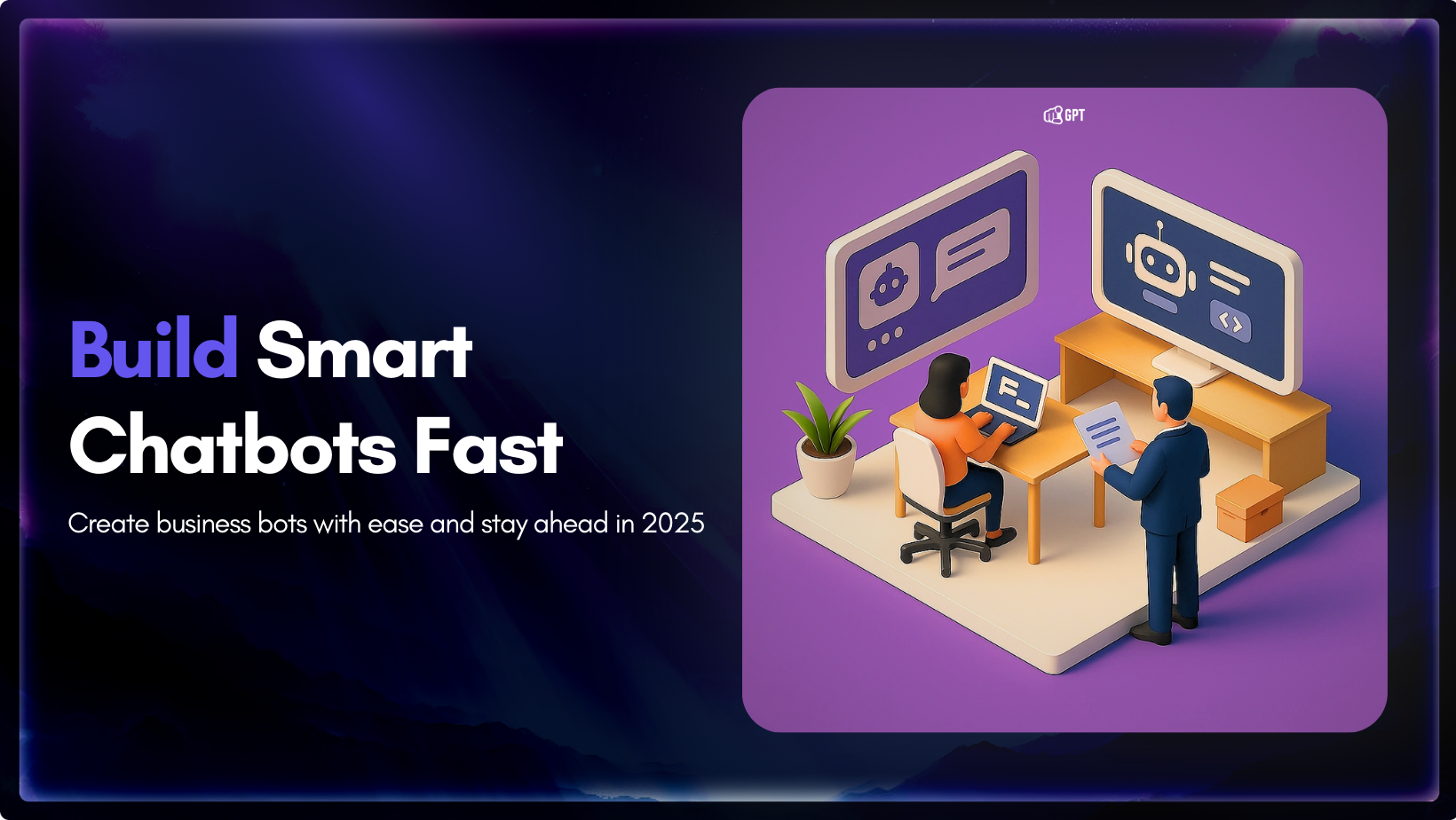
In 2025 every business needs a chatbot. The real decision is how to build it. If you are a product lead or CX head this guide is for you.
A no-code chatbot gets you moving quickly. Your teams can launch one in days to answer FAQs, capture leads, or handle routine support—without pulling in developers. It is fast, budget-friendly, and easy to maintain.
A custom-built chatbot takes more time and money upfront, but it plugs directly into your core systems—CRM, databases, and support tools. It delivers a level of control, functionality, and scalability that no off-the-shelf solution can match.
This choice is not just about technology. It affects how customers interact with you, how efficiently your team works, and how well your systems scale as you grow.
This guide will compare both options across cost, speed, technical capability, and maintenance so you can see when no-code is the smarter choice and when custom development pays off.
Five years ago, most chatbots were frustrating. They relied on rigid scripts, repeated canned answers, and failed whenever a customer asked something outside the script. That has changed.
With advances in large language models (LLMs) and natural language processing (NLP), chatbots now understand intent, adapt to context, and respond in ways that feel more natural. A customer asking about a delayed order or a loan application doesn’t just get a generic response—they get accurate guidance, troubleshooting, and a smooth handover to a human agent when needed. This evolution has transformed chatbots from experimental add-ons into essential business tools.
Today, businesses deploy AI chatbots in core operations:
The impact is visible across industries. eCommerce companies reduce cart abandonment through chatbots that track orders, manage returns, and suggest add-ons. Healthcare providers use secure chatbots for appointment bookings and patient information without compromising privacy. Financial institutions manage sensitive queries and loan applications while staying compliant. And SaaS platforms embed chatbots directly into their products, helping users configure workflows or request support without leaving the app.
Adoption continues to accelerate because the results are clear: faster service, lower support costs, and higher customer satisfaction. More than 60% of businesses now rely on AI chatbots. For many, they are part of the infrastructure for delivering customer experience at scale.
No-code AI chatbot development means teams can create chatbots without writing code or hiring engineers. Instead of building from scratch, they use drag-and-drop editors, visual builders, and predesigned templates.
The result is a lower barrier for smaller companies. What once required a full development team can now be handled by marketing or support staff, making automation accessible to startups and SMBs that don’t have technical resources in-house.
No-code platforms are most popular with organisations that need fast results without heavy investment. For example:
Companies choose no-code chatbots because they deliver practical wins:
The trade-offs become clearer as needs grow:
No-code chatbot platforms make automation accessible at a fraction of traditional development costs. Instead of paying for a full engineering team, you can launch a working chatbot for less than $150 per month. At this price point, even startups and small businesses can deliver 24/7 customer support, capture leads, and automate workflows without expanding headcount.
Best fit: Companies that need quick deployment for simple use cases and want to minimise technical overhead. As operations grow more complex, moving toward a custom solution often becomes necessary.
No-code platforms cover many common needs. But some businesses require more control, platforms like YourGPT already offer advanced customisation. When you need full control, custom feature or deep integration with internal systems, custom AI chatbot development becomes the right approach.
With custom development, teams use the API integration and code execution features in YourGPT AI Studio to connect chatbots to internal systems. Instead of working as standalone tools, these bots can pull data from CRMs, ERPs, or proprietary databases, and also perform actions inside those systems.
Examples include:
In each case, the chatbot is not just answering questions—it’s handling real operational tasks.
The advantage of custom development is flexibility. Businesses are not limited by prebuilt templates; they can create chatbots that reflect their exact processes. With API access and code execution, teams can:
For regulated industries or businesses with unique processes, these capabilities are essential.
Custom development also enables AI copilots that live inside products. Instead of assistants that just answer questions but execute multi-step actions inside your product. With YourGPT Copilot Builder, teams can define rules, trigger workflows, and turn user requests into instant outcomes.
Because copilots can combine API calls, code execution, and business rules, they move from reactive support to autonomous assistance—helping users get work done without switching contexts.
Custom AI development is the right approach when you need:
Custom AI chatbot development often comes with an upfront setup cost for design, integration, and testing. Once the chatbot is live, the ongoing platform and maintenance costs are usually modest, often under $400 per month. This model works well for organisations that need advanced workflows or deep system integrations but still want predictable monthly costs after the initial build.
The best choice between a no-code chatbot and a custom-built chatbot depends on what you want to do, what technological resources you have, and how your ideas may change over time. The table below shows the main differences so that the comparison is clear.
| Aspect | No-Code AI Chatbots | Custom AI Chatbots |
|---|---|---|
| Deployment Speed | Go live in hours or days with visual builders. Ideal for pilots or quick launches. | Takes weeks or months to design, integrate, and test using APIs and code execution. |
| Ease of Use | Designed for non-technical teams. Support, marketing, or sales staff can manage without coding. | Requires developers to build workflows, integrate APIs, and maintain logic. |
| Flexibility | Best for standard use cases like FAQs, lead capture, onboarding, and surveys. Customisation depends on platform features. | Fully flexible. Any workflow, multi-step process, or conversational logic can be created with API calls and code execution. |
| Integrations | Connects quickly with prebuilt connectors (CRM, WhatsApp, Shopify, Slack). Limited to what the vendor supports. | Uses API integration or code execution to connect with CRMs, ERPs or custom systems. |
| Maintenance | Vendor manages hosting, uptime, and platform updates. Very low internal effort. | Needs ongoing development resources for updates, testing, and feature expansion. |
| Cost | Subscription-based pricing. Lower upfront cost and predictable for SMB budgets. | Higher upfront investment. Costs vary with integration depth and ongoing maintenance. |
| Scalability | Best for startups and SMBs with straightforward workflows and moderate customer traffic. | Built for large-scale or complex operations where chatbots must handle high volume and advanced logic. |
| Best Fit | Businesses that want speed and affordability for simple automation without engineering overhead. | Organisations that need advanced logic, deep system integration, or embedded AI copilots. |
For small and mid-sized businesses, no-code platforms offer speed and simplicity. You can launch a working chatbot in a short time and manage it without technical expertise. That makes them a strong option for teams that need quick results.
For larger organisations, custom chatbots are better suited. They scale more effectively, connect directly with business-critical systems, and support advanced workflows that no-code platforms can’t cover.
For growing businesses, the path is often mixed. Many start with no-code chatbots to capture quick wins, then move toward custom development once their needs become more advanced. In practice, both approaches can work together depending on where the business is at a given stage.
The growth of AI agents is taking chatbot creation to a new level. Companies are moving away from tools that let you choose between no-code speed and custom customisation. They now want platforms that can do both: quickly set up for simple needs and grow into powerful, enterprise-grade systems when needed.
The Line between no-code and custom programming is getting less clear. Companies will use ecosystems that let them launch quickly and integrate deeply without causing any problems. Platforms like YourGPT already show this change. YourGPT gives you a no-code builder and an advanced AI studio that can make API calls and run code. You can also create product-level copilots that do more than answer questions.
No. Chatbots are great at handling simple, repetitive questions. But humans are still needed for complex situations or when empathy matters most.
They work well for small and medium businesses. Larger companies often need more advanced features, deeper integrations, and stronger compliance that only custom chatbots provide.
Yes. Many businesses begin with no-code to get results fast, then move to custom solutions as their needs grow. YourGPT supports both, so you don’t have to change platforms.
Copilot sits inside your app or platform and helps users get things done. For example, it can update CRM data, generate reports, or guide users through workflows without leaving the app.
Chatbots work in almost every industry. The biggest impact is seen in eCommerce, SaaS, finance, Telecommunication, entertainment, healthcare, and travel, where customer questions are frequent.
No-code chatbots usually cost under $100 per month. Custom chatbots cost more upfront because they connect with business systems and follow strict compliance, but they pay off in the long run.
Yes. Platforms like YourGPT support more than 100 languages. This makes it easy for businesses to serve global customers without hiring multilingual teams.
Yes. No-code chatbots often include plug-and-play integrations. Custom chatbots go further by using APIs to connect with CRMs, ERPs, or any system your business depends on.
Chatbots will move from answering questions to taking action. They will work across channels like WhatsApp, Slack, and email. Copilots will become a standard feature inside apps to help users finish tasks faster.
Chatbots are now a core part of how businesses deliver customer experience and run daily operations. The decision is not whether to use them but how to build them in a way that delivers value today and adapts as demands change.
No code is the right choice when speed and simplicity are priorities. It allows teams to launch quickly, prove value, and keep resources focused. Custom development becomes important when workflows are complex, integrations are central, or scale is the priority.
The best chatbot is the one that fits your stage of growth and your long term vision. YourGPT supports this path with a no code builder for fast launch, an AI studio for advanced requirements, and product level copilots that not only answers but also complete real tasks. This gives businesses a platform that works now and continues to grow with them.
Go live in hours, connect directly to your systems, and scale with AI copilots that turn conversations into real outcomes.
No credit card required • Start today • Ready for enterprise scale
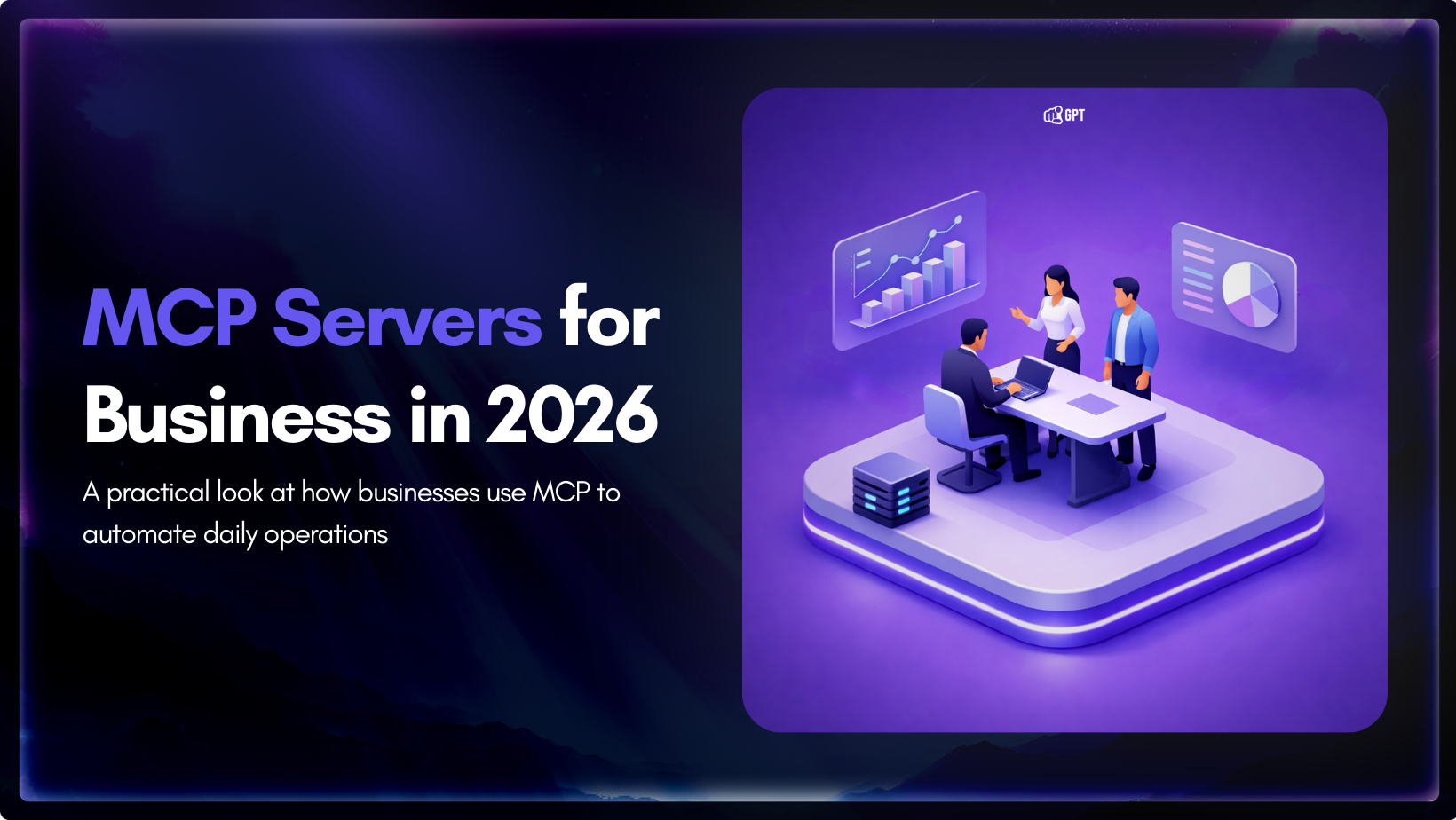
Growth-focused teams move faster when their tools work together instead of competing for attention. Modern development depends on multiple systems to ship code, review changes, monitor services, and access data. Each system serves a purpose, but routine work often means moving between dashboards, scripts, and internal tools. These small transitions shape how consistently a team […]

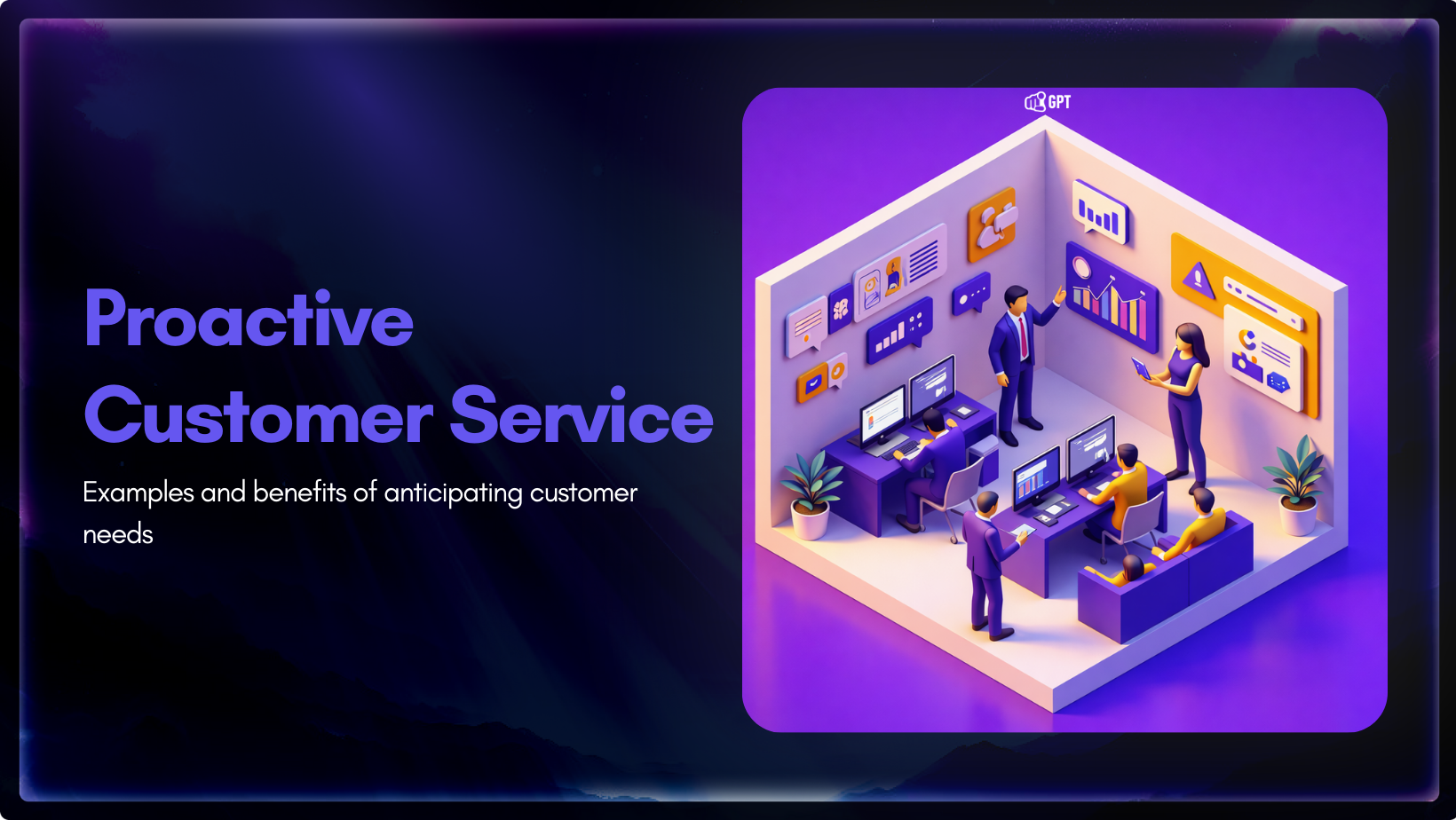
Most customer service moments begin long before a ticket is created. Something feels off. A payment does not go through. A delivery update stops moving. A user gets stuck at the same step and tries again. Customers usually pause, check, retry, and wait before they decide to ask for help. Proactive customer service works inside […]

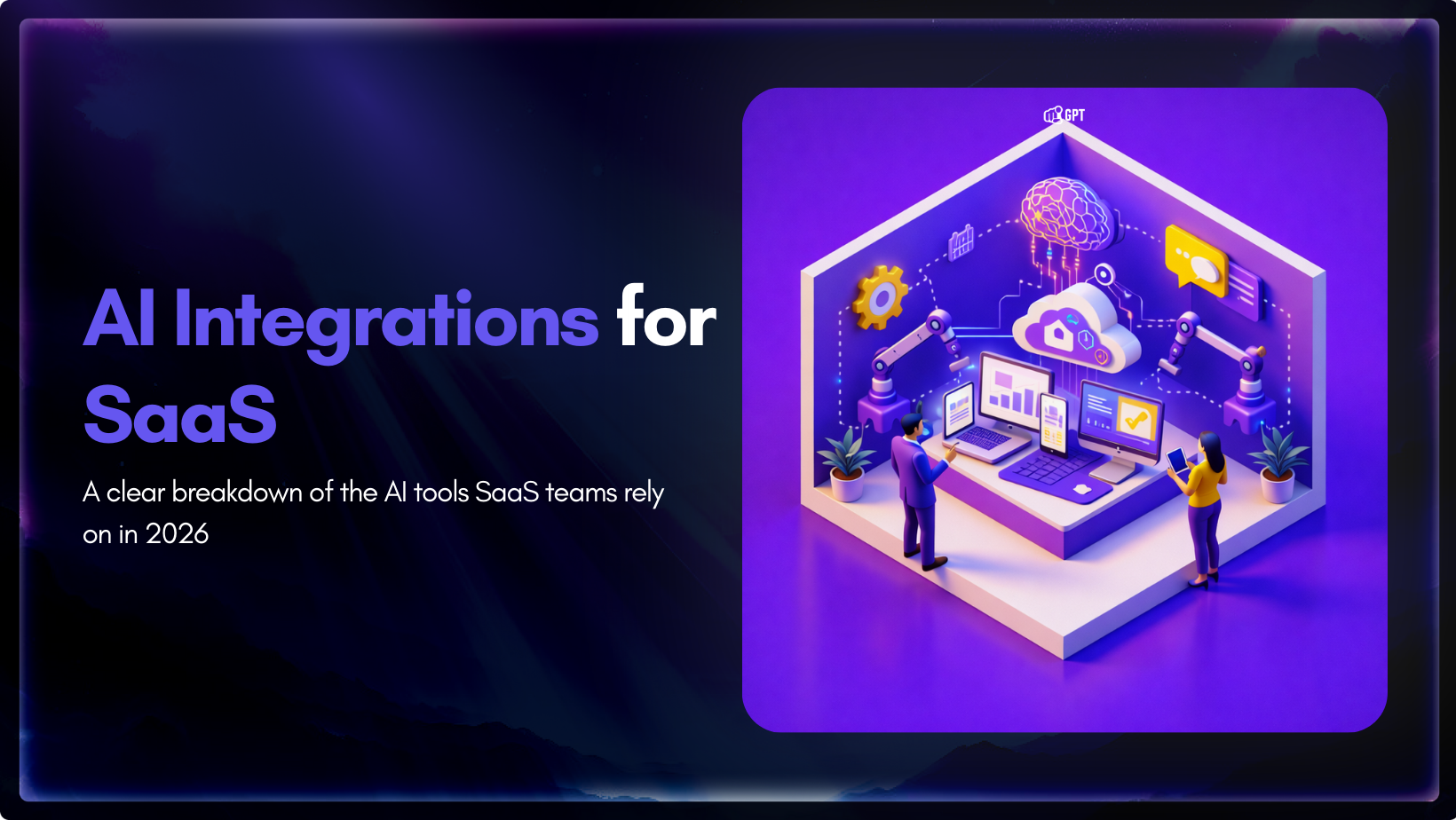
AI has become a core part of how modern SaaS products are built and delivered. In 2026, customers expect intelligent assistance to be available throughout their journey, from onboarding and everyday product usage to support and account management. Inside SaaS teams, AI is increasingly used to speed up workflows, reduce repetitive tasks, and improve how […]

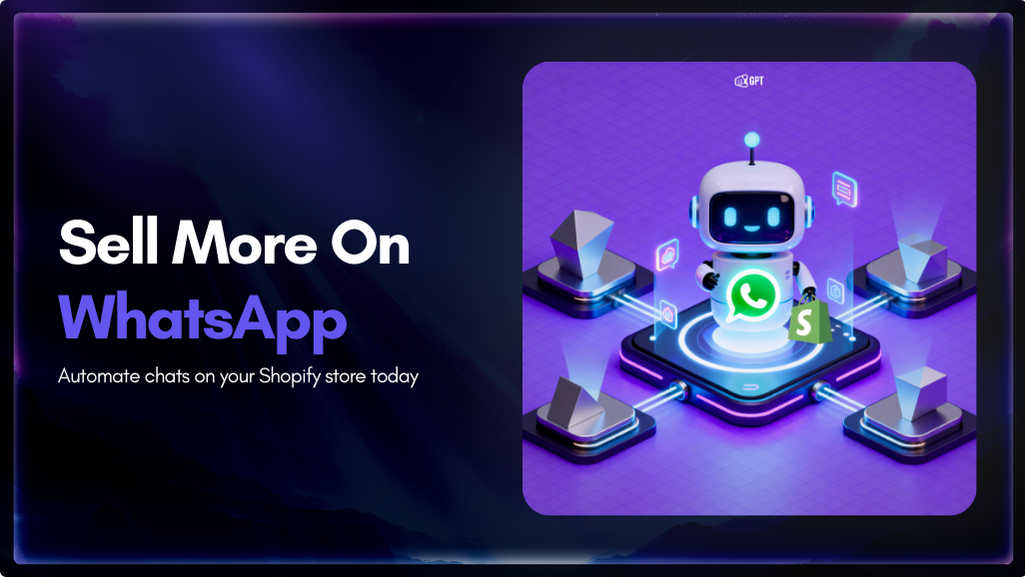
Shopify stores often use a chatbot on their website to handle product questions, order updates, and support. But customers also message on WhatsApp expecting the same quick answers. Most of them already use WhatsApp throughout the day, so reaching out there feels natural. A chatbot that works across both channels responds in seconds, guides purchase […]

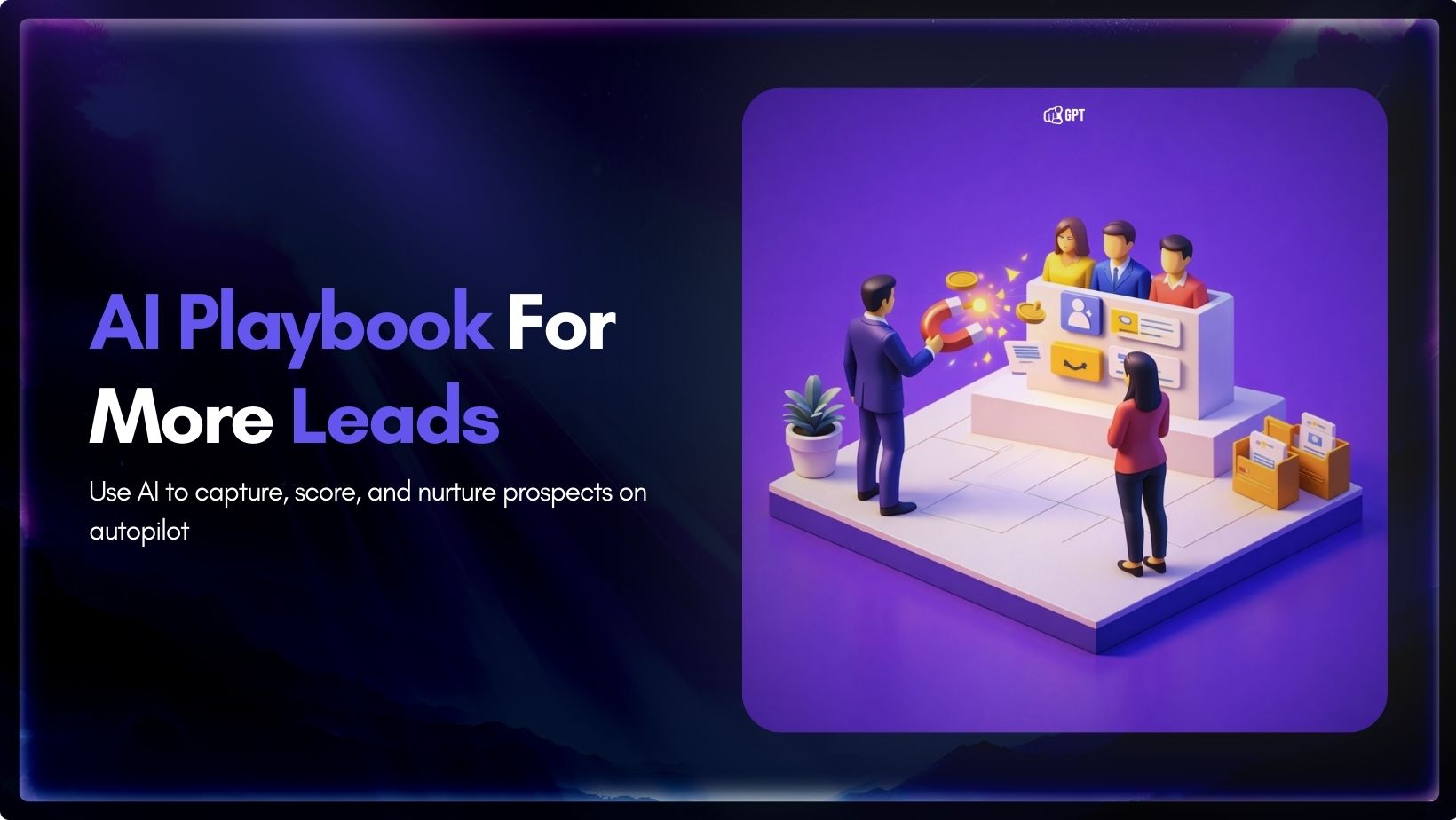
Most businesses do not struggle to generate leads. They struggle to know which ones are worth acting on. Forms get filled, DMs arrive, emails are opened, and chats happen across multiple tools. Some prospects convert. Most do not. The real problem is that there is no reliable way to tell, early enough, which signals actually […]

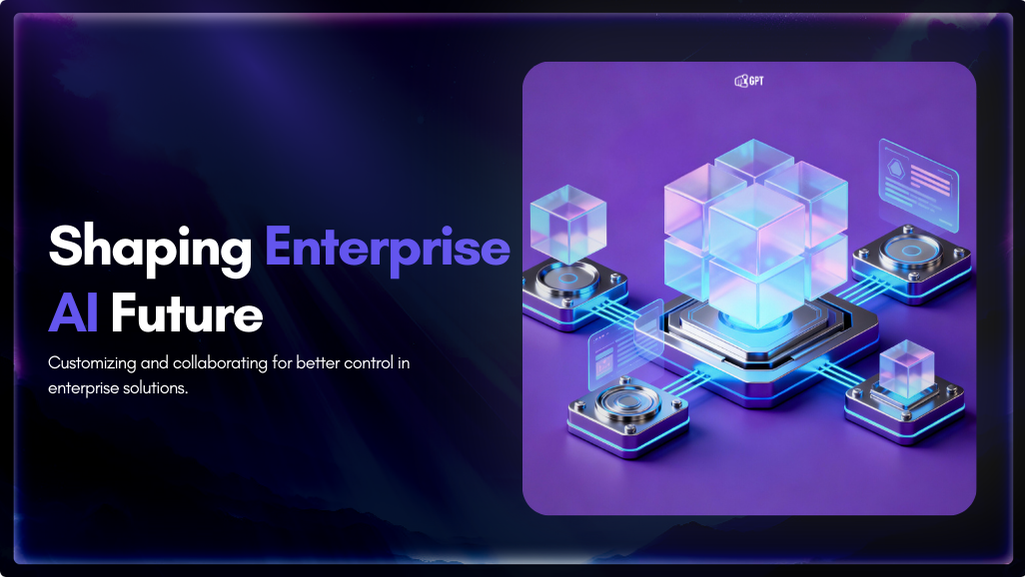
Artificial Intelligence has advanced quickly over the past five years, moving from an experiment to a standard component of modern business. AI has become a central part of enterprise strategy. 88% of organizations are now using AI. This figure has increased from 78% the year before. This transformation is reshaping how companies run, communicate, and […]
